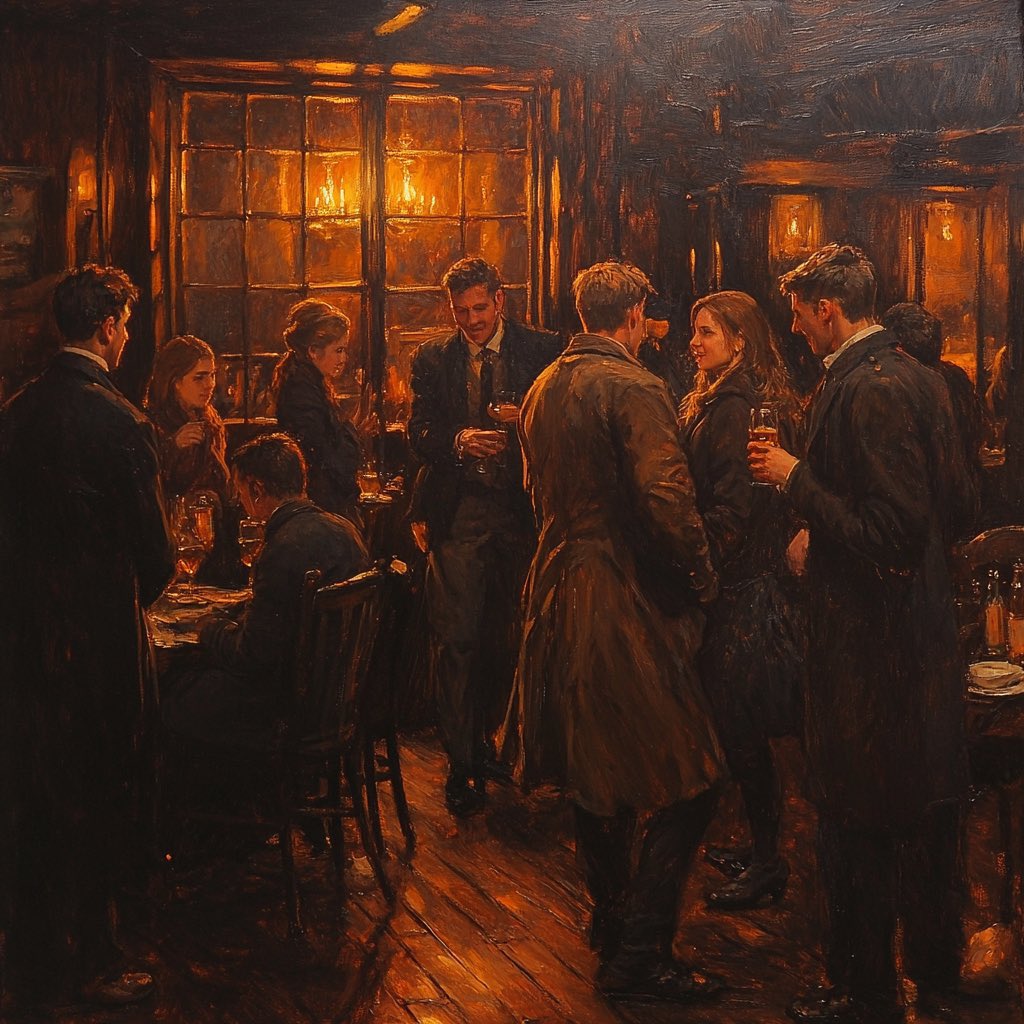“Preppy” (also spelled as preppie), or prep, is an American subculture associated with the alumni of college-preparatory schools in the Northeastern United States. The term, which is an abbreviation of “preparatory”, is used to denote a person seen as characteristic of a student or alumnus of these schools. Characteristics of preppy individuals include a particular subcultural speech, vocabulary, dress, mannerisms and etiquette reflective of an upper class and old money upbringing.
Preppy fashion, rooted in the early 20th-century style of Northeastern U.S. preparatory school students, emerged from the Ivy League culture of the 1920s to 1950s. It drew from the polished, utilitarian attire of affluent young men at elite schools like Harvard, Yale, and Andover, who wore tailored sportswear suited for activities like sailing, tennis, and golf. Brands like Brooks Brothers and J. Press formalized this look with items like blazers, oxford shirts, chinos, loafers, and rep ties, blending British aristocratic influences with American casual practicality.
The style gained broader traction in the 1980s, fueled by Lisa Birnbach’s The Official Preppy Handbook, which codified and popularized the “prep” aesthetic as a lifestyle. Designers like Ralph Lauren and Tommy Hilfiger commercialized it, emphasizing vibrant colors, monograms, and nautical motifs. Preppy fashion reflected WASP (White Anglo-Saxon Protestant) cultural values—wealth, tradition, and understated elegance—while adapting to mainstream tastes.
Today, preppy style remains influential, evolving with modern brands like J.Crew and Vineyard Vines, mixing classic staples with contemporary trends. It retains its association with privilege and leisure but has diversified across global fashion scenes.









